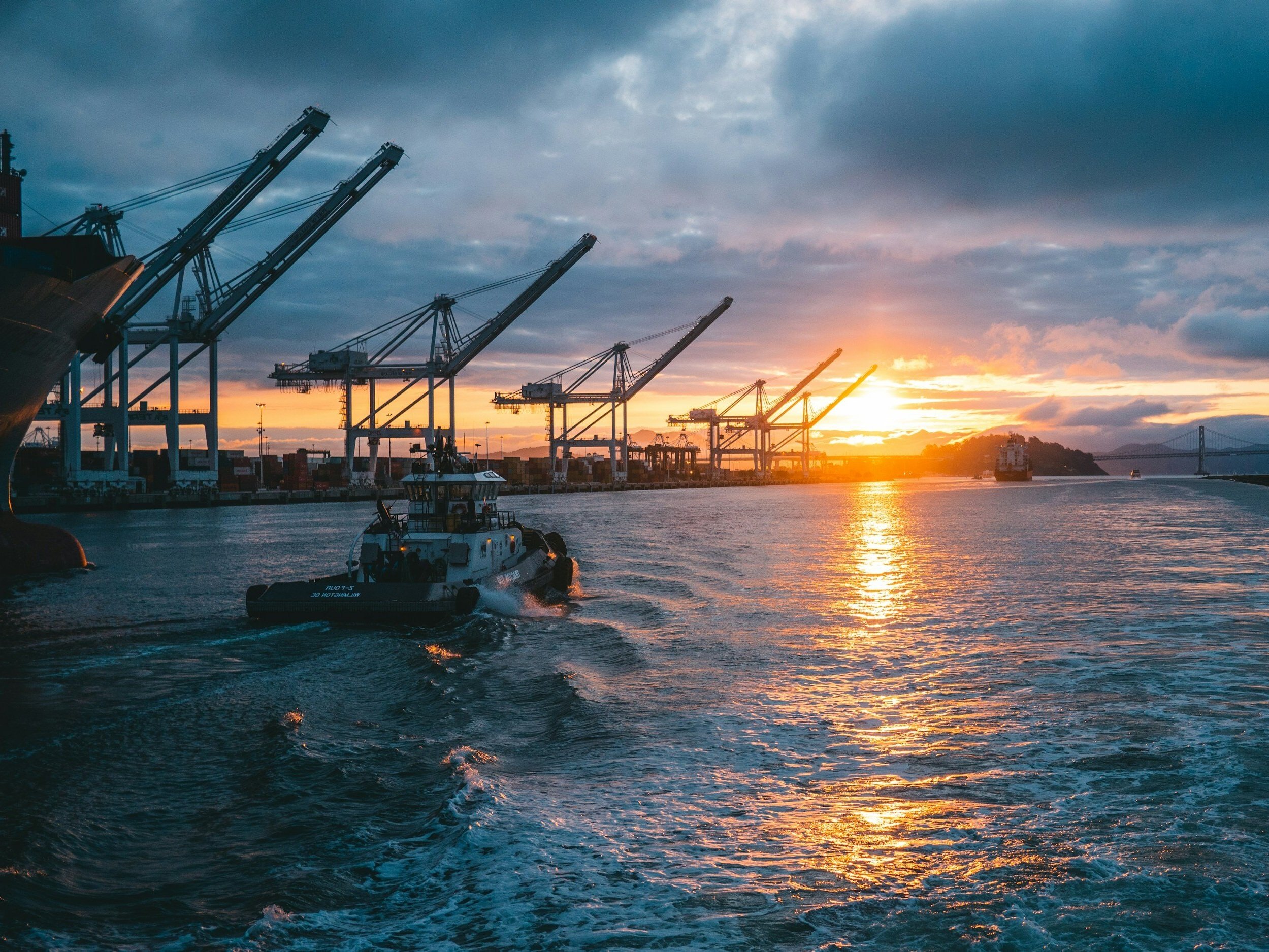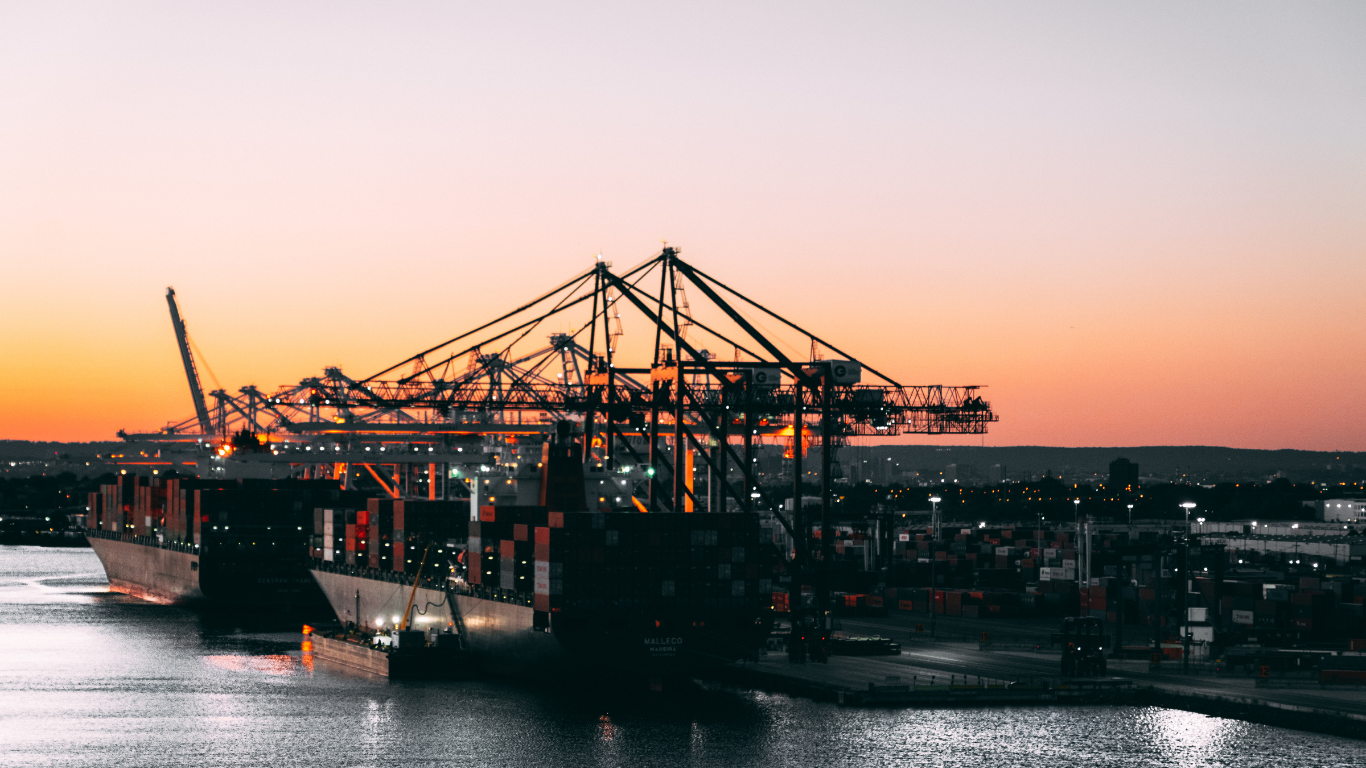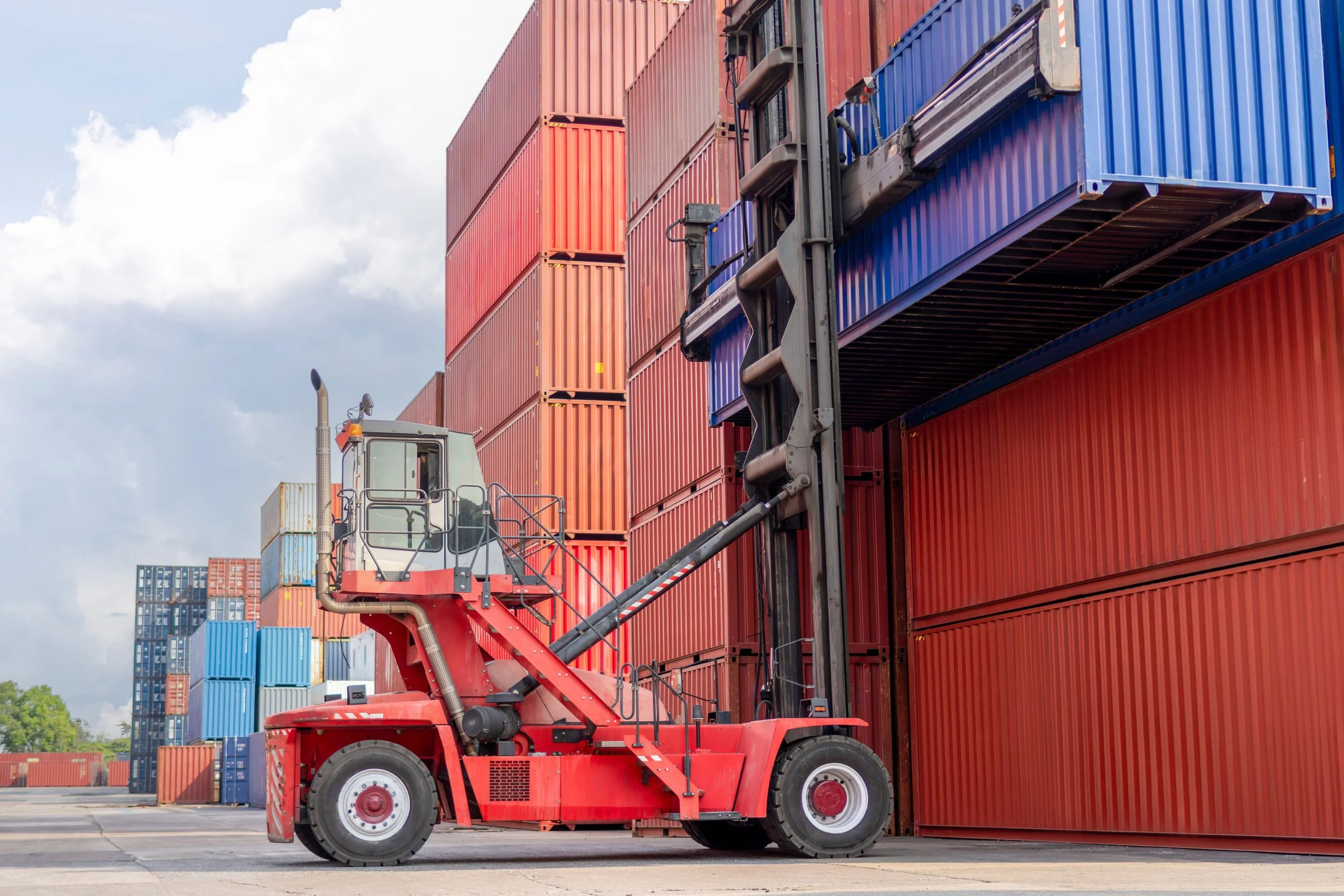
Maritime Insights
Explore a collection of articles, blogs topics, resources and more to stay informed on the goods movement sector.
Featured Posts
By Mike Jacob, President, Pacific Merchant Shipping Association
Container dwell times at the San Pedro Bay Port Complex remained consistent through November 2025, reflecting ongoing operational stability as the holiday season reached its peak. Both truck- and rail-destined cargo continued to move efficiently, supported by sustained coordination among marine terminal operators, drayage partners, and rail providers.
LONG BEACH, CA – The Pacific Merchant Shipping Association (PMSA) extends its congratulations and thanks to current Chief Executive Officer Mario Cordero for his years of dedicated leadership at the Port of Long Beach on the occasion of his upcoming retirement and also warmly welcomes Dr. Noel Hacegaba as he steps into the role as new Chief Executive Officer on January 1, 2026.

"Ports are the lifeblood of the West Coast economy, driving economic growth, creating thousands of jobs, and fostering global trade.”
— Mike Jacob, PMSA President

"The West Coast ports are gateways to global trade that are crucial for economic expansion and workforce stability.”
— Michele Grubbs, Vice President




















